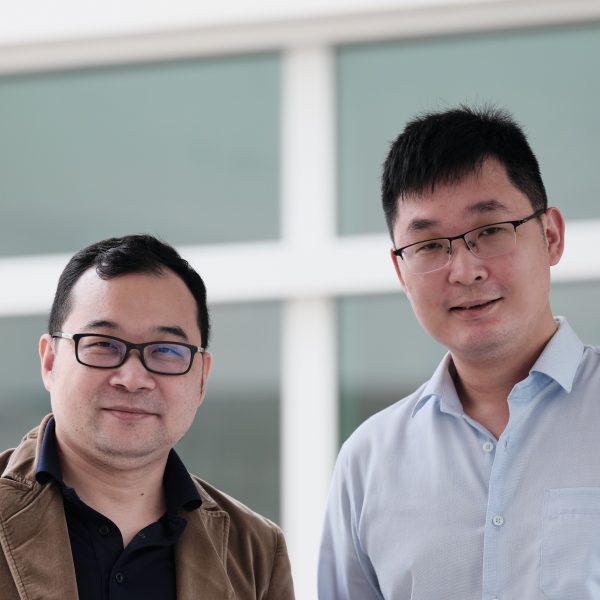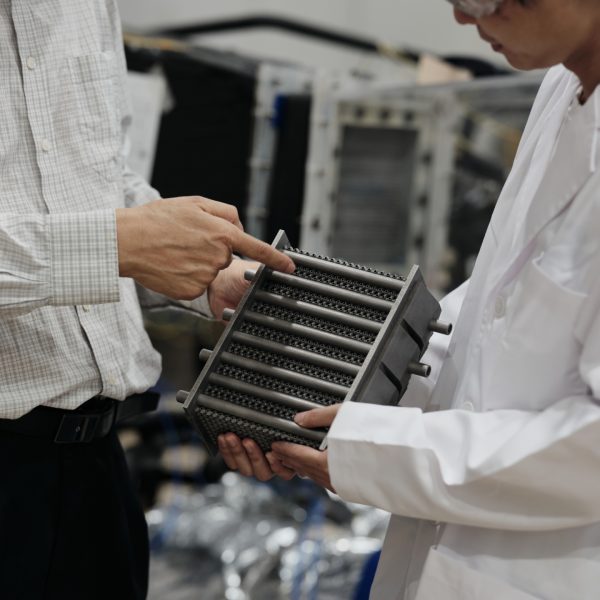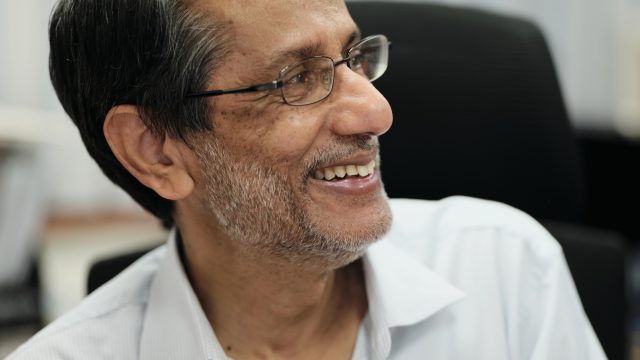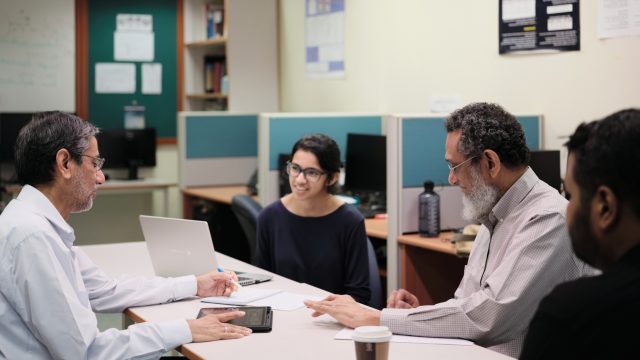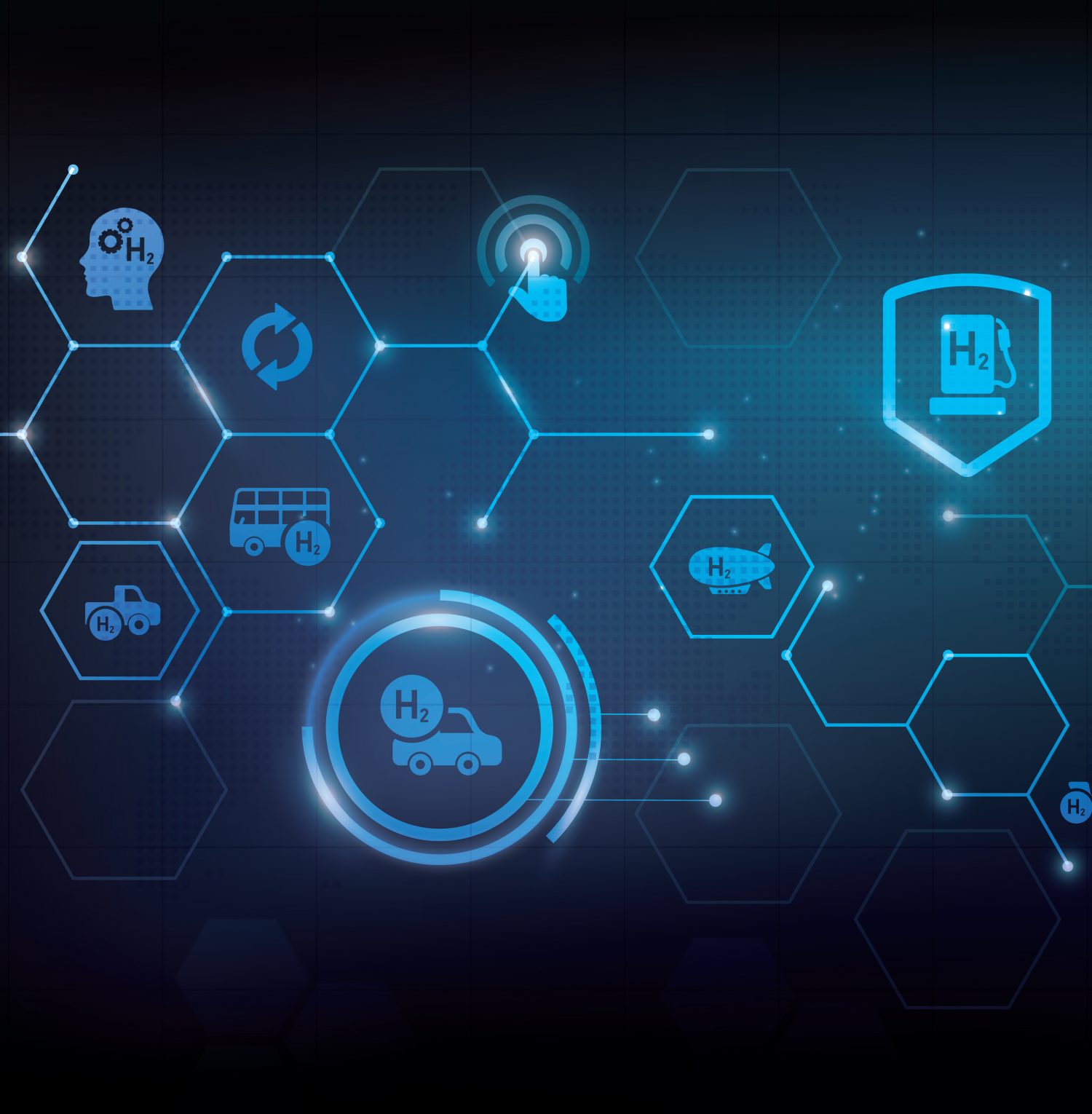As the world undergoes an energy transition, the spotlight is on the mix of fuels that can help propel us towards a net-zero future.
One fuel of the future that is rapidly gaining traction is hydrogen.
Hydrogen is a low-emission fuel that can play a huge role in helping to decarbonize high-emitting sectors like power, steel, cement and transport.
It can also be used to create products like petrol, diesel and lubricants, and has the potential to power vehicles and heavy industry, as well as produce electricity.
Hydrogen and hydrogen-based fuels could potentially meet 10% of global energy needs and reduce 6% of total cumulative emissions under the International Energy Agency’s Net Zero by 2050 scenario.
But how can nations across Asia Pacific integrate hydrogen effectively into their existing power grid and networks to get the most out of it?
National University of Singapore professors Iftekhar Karimi and Shamsuzzaman Farooq are developing a solution to this question – supported by the Singapore Energy Centre and ExxonMobil.
An interactive model, the Hydrogen Economic Assessment and Research Tool (HEART) has been developed under their supervision. The model is designed to help governments and policymakers test the myriad of ways in which they could use hydrogen in their countries – efficiently and cost-effectively.
The professors now plan to roll it out across Asia Pacific to help answer the big questions on how best to use hydrogen.


